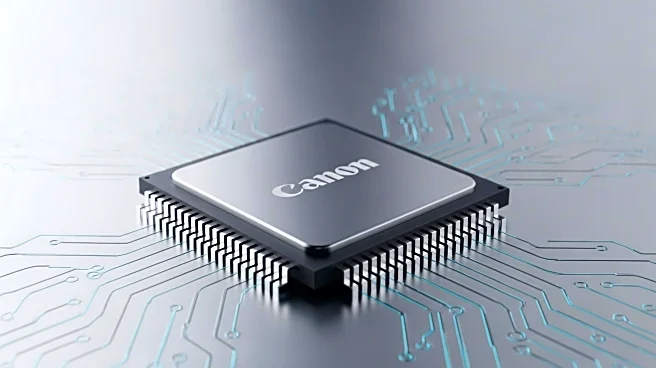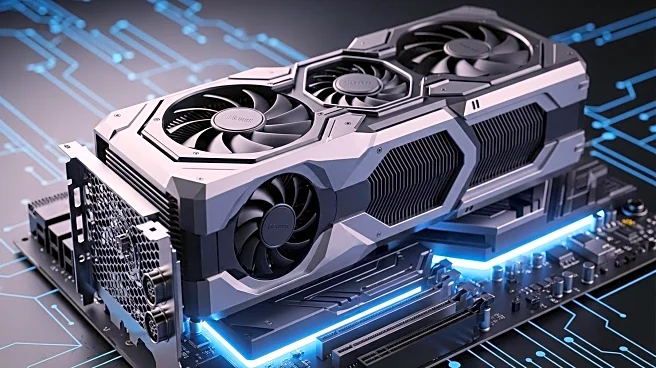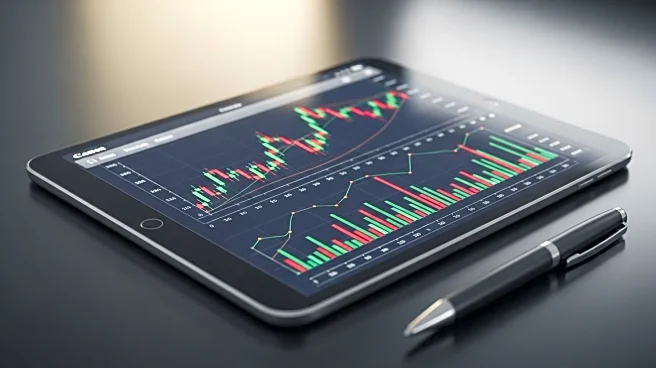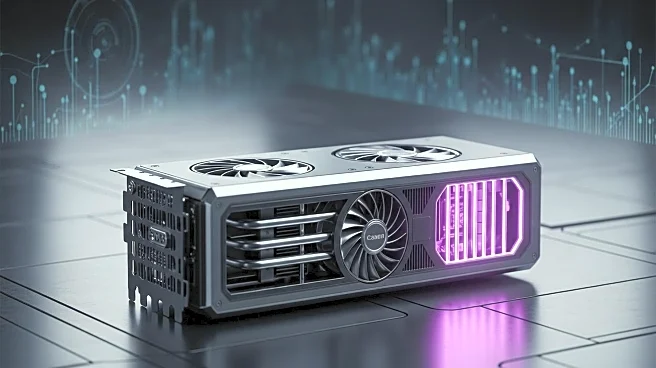What's Happening?
Micron Technology's stock experienced a 3.6% increase in pre-market trading following Citi analyst Christopher Danely's decision to raise the company's price target from $150 to $175, maintaining a Buy rating. This adjustment suggests a potential 25% upside and comes ahead of Micron's fiscal fourth-quarter earnings report scheduled for September 23. Danely anticipates Micron will report results in line with expectations but will provide guidance that exceeds consensus for the first quarter, driven by increased DRAM and NAND sales and pricing. The analyst attributes the memory upturn to limited production and higher-than-expected demand, particularly from the data center market. Additionally, the demand from the artificial intelligence sector has reportedly surged, with Morgan Stanley highlighting NAND's growing importance in AI applications.
Why It's Important?
The increase in Micron's stock price and the positive outlook from analysts underscore the growing demand for memory products, particularly in the data center and artificial intelligence sectors. This trend could significantly impact the technology industry, as companies like Micron play a crucial role in supplying essential components for data storage and processing. The anticipated growth in the AI NAND market, projected to account for 34% of the global NAND market by 2029, represents a substantial opportunity for Micron and other suppliers. This development may lead to increased investments in memory technology and drive innovation in related fields, benefiting stakeholders across the tech industry.
What's Next?
Micron is expected to release its fiscal fourth-quarter earnings report on September 23, which will provide further insights into the company's performance and future guidance. Stakeholders will be closely monitoring the report to assess Micron's ability to capitalize on the growing demand for memory products. The company's strategic positioning in the AI and data center markets may lead to further market share gains and potential collaborations with other tech firms. Additionally, the broader implications of increased demand for memory products could influence industry trends and investment strategies.













